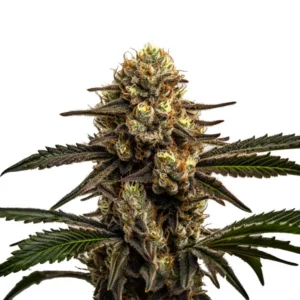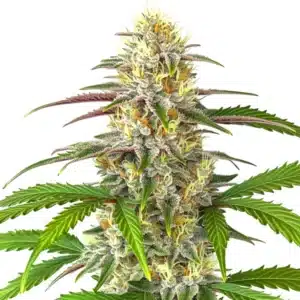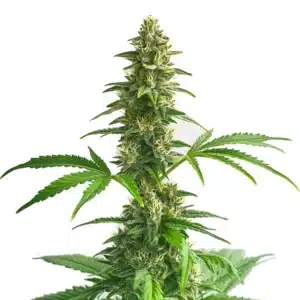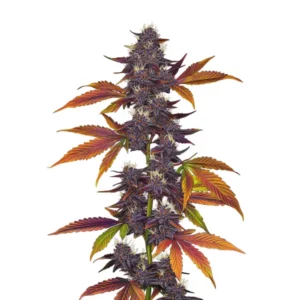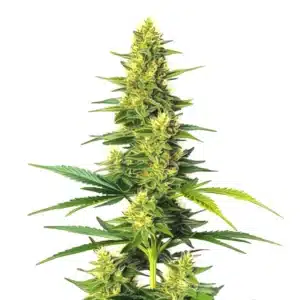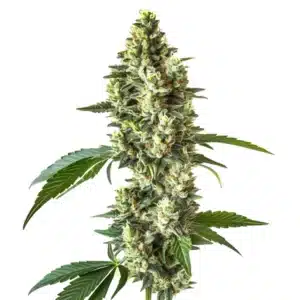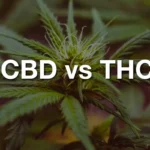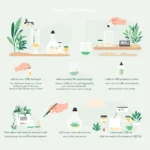
CBDA vs CBD: A Detailed Comparison
Overview of CBDA vs CBD
CBDA vs CBD sparks curiosity as we compare two natural compounds found in cannabis that many people discuss yet rarely examine closely. This comparison draws you into the subtle differences between them while highlighting the unique properties of each. Here, we present clear facts that matter without adding unnecessary complexity or jargon, leaving you eager to learn more about these intriguing cannabinoids. Intrigue builds as CBDA vs CBD reveals distinct characteristics. Extra.
This section explains how CBDA and CBD come from the same plant yet show different traits in chemical makeup and effects on the body. Both compounds originate in cannabis and are handled differently during processing. The explanation remains simple and factual, making it easy for anyone to grasp the differences. CBDA vs CBD stands as a focal point in understanding these natural substances.
Recommended Strains
Apple Fritter
|
|
THC | 22% - 25% (Medium) |
|
|
Type | Feminized |
|
|
Yield | Medium |
|
|
Phenotype | 60% Indica / 40% Sativa |
Apple Fritter Autoflower
|
|
THC | 22% - 25% (Medium) |
|
|
Type | Autoflowering |
|
|
Yield | Medium |
|
|
Phenotype | 60% Indica / 40% Sativa |
Basic Definitions in CBDA vs CBD
CBDA vs CBD starts with clear definitions that set apart these two compounds. CBDA, or cannabidiolic acid, is the raw form that transforms into CBD through heat, while CBD stands as a popular non-psychoactive cannabinoid known for its calming properties. This basic explanation uses everyday language to make the science approachable for all readers, ensuring the content is useful and precise.
We explain that CBDA exists naturally in fresh cannabis plants, and when exposed to heat, it converts into CBD. The process is simple and natural, with no hidden steps. Each term is defined plainly to ensure clarity and value for those who search for CBDA vs CBD information without confusion or extra detail.
Chemical Structures
The chemical structures of these compounds differ in a way that explains their distinct behaviors. CBDA retains an extra carboxyl group compared to CBD, which influences its solubility and interaction with body receptors. This difference in structure plays a key part in how each cannabinoid works. Simple diagrams in research confirm these findings while keeping explanations clear for every reader.
These structural details matter because they shape the effects on health and usage in products. CBDA vs CBD comparisons help reveal why CBDA may act differently before being heated into CBD. Scientific studies support the fact that the slight structural variation leads to variations in function. The description remains straightforward and accessible for readers at all levels.
Promos & Deals
Extraction Processes
Extraction processes are critical when discussing cannabinoids. Manufacturers use various methods to isolate CBDA and CBD from the cannabis plant, ensuring each compound remains pure and effective. Techniques vary and are chosen based on the desired final product, making the methods distinct. In some cases, the extraction process of CBDA vs CBD significantly influences product quality and composition.
Different extraction methods also help determine the final potency and effectiveness of each cannabinoid. Some methods preserve CBDA in its natural form while others convert it into CBD during processing. This clear comparison in CBDA vs CBD extraction highlights how method selection can affect safety and purity. Every step is designed with care and precision, ensuring transparency in the process.
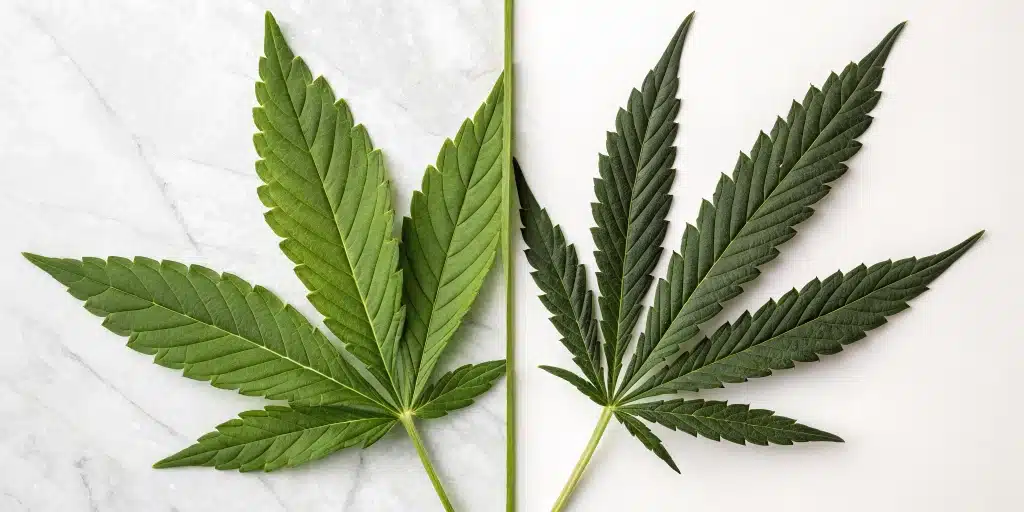
CBDA Extraction Methods
Extracting CBDA involves careful handling to avoid accidental conversion to CBD. Manufacturers work at lower temperatures and use specific solvents to keep the acid form intact. The process emphasizes preserving natural compounds found in raw cannabis. By following precise procedures, experts ensure that CBDA remains unaltered, offering a distinct profile compared to its decarboxylated form.
This method yields a product rich in the original cannabinoid and its natural properties. Researchers and producers use tested techniques to keep the integrity of CBDA intact. Such methods ensure that every drop reflects the natural plant’s makeup, making the comparison of CBDA vs CBD in extraction practices transparent and straightforward for the user.
CBD Extraction Techniques
CBD extraction techniques often involve heat to convert CBDA into CBD. This method, known as decarboxylation, is widely used to produce a cannabinoid that many consumers prefer for its effects. The process employs solvents and pressure to isolate CBD efficiently. The techniques remain simple yet effective, ensuring that the product contains the non-acidic cannabinoid most people look for.
Producers focus on preserving the purity and strength of CBD during extraction. The method contrasts with CBDA extraction by deliberately altering the compound’s structure. Such procedures in CBDA vs CBD comparisons emphasize how extraction choices lead to different end products. Each technique is refined to maintain the best quality possible for consumers seeking natural relief.
Therapeutic Effects and Health Benefits
The therapeutic effects of these compounds show both overlap and distinct qualities. Many users find that CBDA vs CBD comparisons highlight differences in how they support the body. While CBD is known for its calming influence on stress, CBDA offers benefits in its raw form that may impact inflammation and overall wellness. This comparison rests on solid data from scientific studies that do not add speculation.
The health benefits discussed here remain clear and factual. Both cannabinoids are used to support a balanced lifestyle, but their mechanisms differ slightly due to chemical structure. CBDA vs CBD comparisons bring forward evidence-based information on how each compound interacts with the body. This helps consumers decide which product suits their needs without relying on unfounded claims.
Health Benefits of CBDA
CBDA shows promising potential in natural support for inflammation and digestive balance. Early research indicates that CBDA may interact with the body in ways that help reduce certain inflammatory markers. This natural compound from cannabis offers benefits in its untouched state, presenting a different profile than CBD. The focus stays on clear evidence and observable effects, steering clear of hype.
The straightforward benefits of CBDA include its anti-inflammatory properties and potential for easing minor discomfort. In the CBDA vs CBD comparison, it stands out as a substance that may offer benefits before undergoing decarboxylation. The information remains practical and easy to understand, ensuring that every reader gains useful knowledge from the facts presented.
Health Benefits of CBD
CBD is widely recognized for its ability to ease anxiety and promote calm. Many users report feeling relaxed and balanced after using CBD products, and these effects have been studied in various research projects. The compound shows a strong potential to support a healthy mood and help manage everyday stress. This factual comparison in CBDA vs CBD terms reinforces the value of using CBD in daily wellness routines.
The benefits of CBD extend to supporting sleep patterns and reducing discomfort. Scientific observations have noted that CBD interacts with the body’s systems in a way that eases tension. This simple explanation helps consumers understand why many products contain CBD, and it builds a clear picture when compared with CBDA. The approach remains direct and filled with useful information.
Usage and Applications in CBDA vs CBD
Products containing these cannabinoids are used in many ways by people seeking natural wellness solutions. The application of CBDA vs CBD in items such as oils, tinctures, and edibles provides consumers with options tailored to their preferences. Whether used for topical relief or ingested for overall balance, each product delivers its benefits clearly and simply. The usage remains straightforward for everyday consumers.
This section explains that product formulation varies by extraction and compound type. Users find that each cannabinoid serves a specific purpose in supporting health and comfort. The explanation of CBDA vs CBD applications is designed to offer clear insights into how each product can be integrated into daily routines. Simple language makes it easy to see the benefits without confusion.
Common Uses for CBDA
In many cases, CBDA appears in raw extracts and cold-pressed oils designed for minimal processing. These products target users who prefer to keep their intake as natural as possible. Common uses include formulations for topical applications and nutritional supplements that maintain the compound’s original state. This clarity in the CBDA vs CBD comparison helps shoppers choose products that match their natural lifestyle preferences.
The straightforward nature of CBDA use makes it a practical choice for those interested in raw cannabis benefits. Its applications are clear, ensuring that the compound’s natural properties are maintained. Consumers who read the CBDA vs CBD content learn about effective ways to integrate CBDA into daily health routines without added complexity or confusion.
Typical Uses for CBD
CBD is a popular ingredient in many wellness products, ranging from oils to edibles and skin care items. Its typical uses focus on providing relief from everyday stress and mild discomfort. Many formulations are created to help people maintain balance in their daily lives. The practical applications are simple, ensuring that the CBDA vs CBD information remains clear and easy to follow.
The widespread use of CBD in various product forms means that consumers have many options when choosing relief. Its popularity is based on a steady body of research and user feedback that highlights its calming effects. The CBDA vs CBD comparison in usage helps clarify why CBD is a top choice in many health products today. The details remain direct and useful for everyday decisions.
Legal and Regulatory Considerations in CBDA vs CBD
Laws and regulations vary widely for these cannabinoids. Both CBDA and CBD must meet strict quality and safety standards before reaching the market. Regulators review production processes and ensure products are labeled accurately. This factual discussion on CBDA vs CBD helps consumers understand that safety is a priority in product manufacturing and distribution. The regulations provide a framework that protects buyers and maintains product integrity.
Compliance with legal requirements means that manufacturers follow set procedures to produce quality cannabinoids. Clear distinctions exist between products, and this helps build trust among consumers. The regulatory environment for CBDA vs CBD is based on verifiable data and transparent guidelines. Each product must meet these standards, ensuring that users receive safe and effective solutions from trusted sources.
Regulatory Status of CBDA and CBD
The regulatory status of these compounds is set by strict national and regional laws. Authorities oversee the production and distribution of cannabinoids to ensure safety and consistency in products. Both CBDA and CBD must pass quality tests before they are allowed in the market. This information in the CBDA vs CBD comparison remains grounded in current legal frameworks and factual data, offering clarity to consumers.
Government agencies monitor the quality of these products, and companies must comply with detailed requirements. The rules apply equally to both CBDA and CBD, ensuring that every product reaches the market safely. The factual approach in this CBDA vs CBD analysis builds a transparent picture of the legal landscape, allowing users to make informed choices based on clear, reliable information.
Legal Framework for CBDA vs CBD
The legal framework surrounding these cannabinoids is built on precise regulations and testing standards. In many regions, laws require that products meet defined criteria before they reach consumers. This strict oversight helps maintain a safe market where CBDA vs CBD differences are regulated and verified by trusted authorities. The framework is based on solid data and ensures that every product conforms to established safety norms.
Manufacturers must adhere to these legal requirements, ensuring consistency in quality and labeling. The framework makes it clear how each cannabinoid is managed within the law. In the CBDA vs CBD context, the rules help maintain transparency and trust, providing consumers with reliable products. Clear regulatory measures support both producers and users in making safe, informed decisions.
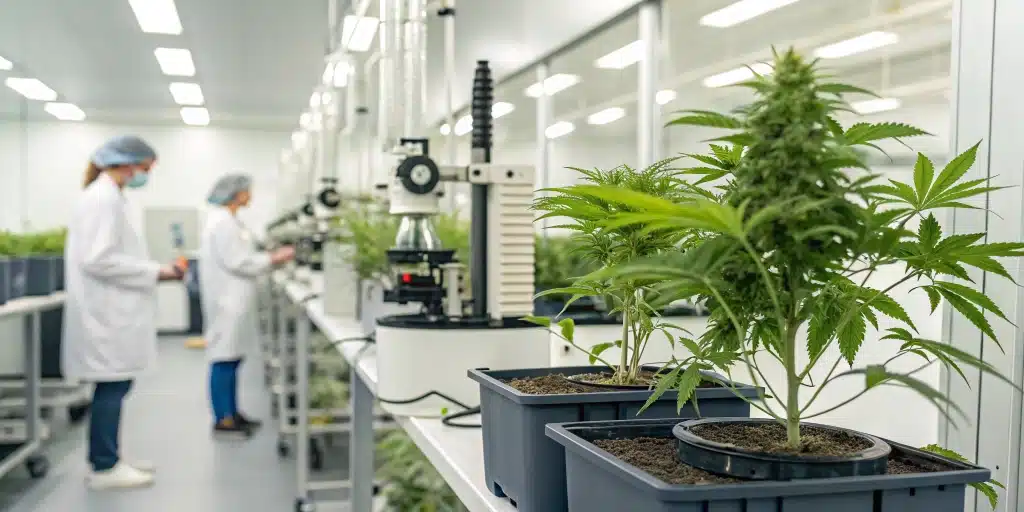
FAQs about CBDA vs CBD
What is the main difference between CBDA and CBD?
CBDA vs CBD distinguishes itself by the extra acid group present in CBDA, which changes its behavior compared to CBD. CBDA is found naturally in raw cannabis, while CBD results after heating. This difference influences how they work in the body, making each suitable for different uses. The comparison remains based on clear scientific facts and quality control measures that ensure reliable information for consumers.
Are there specific benefits unique to CBDA compared to CBD?
CBDA vs CBD offers unique benefits as CBDA may assist with inflammation and digestion in its natural form, while CBD is more often linked to relaxation and stress relief. Each compound interacts with the body in distinct ways due to their chemical structures. The benefits are supported by early research and standardized testing, providing clear evidence for consumers without exaggeration or unproven claims.
How do legal regulations affect CBDA and CBD products?
Legal regulations for CBDA vs CBD ensure that both compounds meet strict safety and quality standards. Authorities require rigorous testing and clear labeling to guarantee that consumers receive products that are safe and accurately represented. These regulations create a framework that fosters transparency in manufacturing and distribution. The clear legal oversight protects users and helps maintain a trustworthy market for both cannabinoids.


